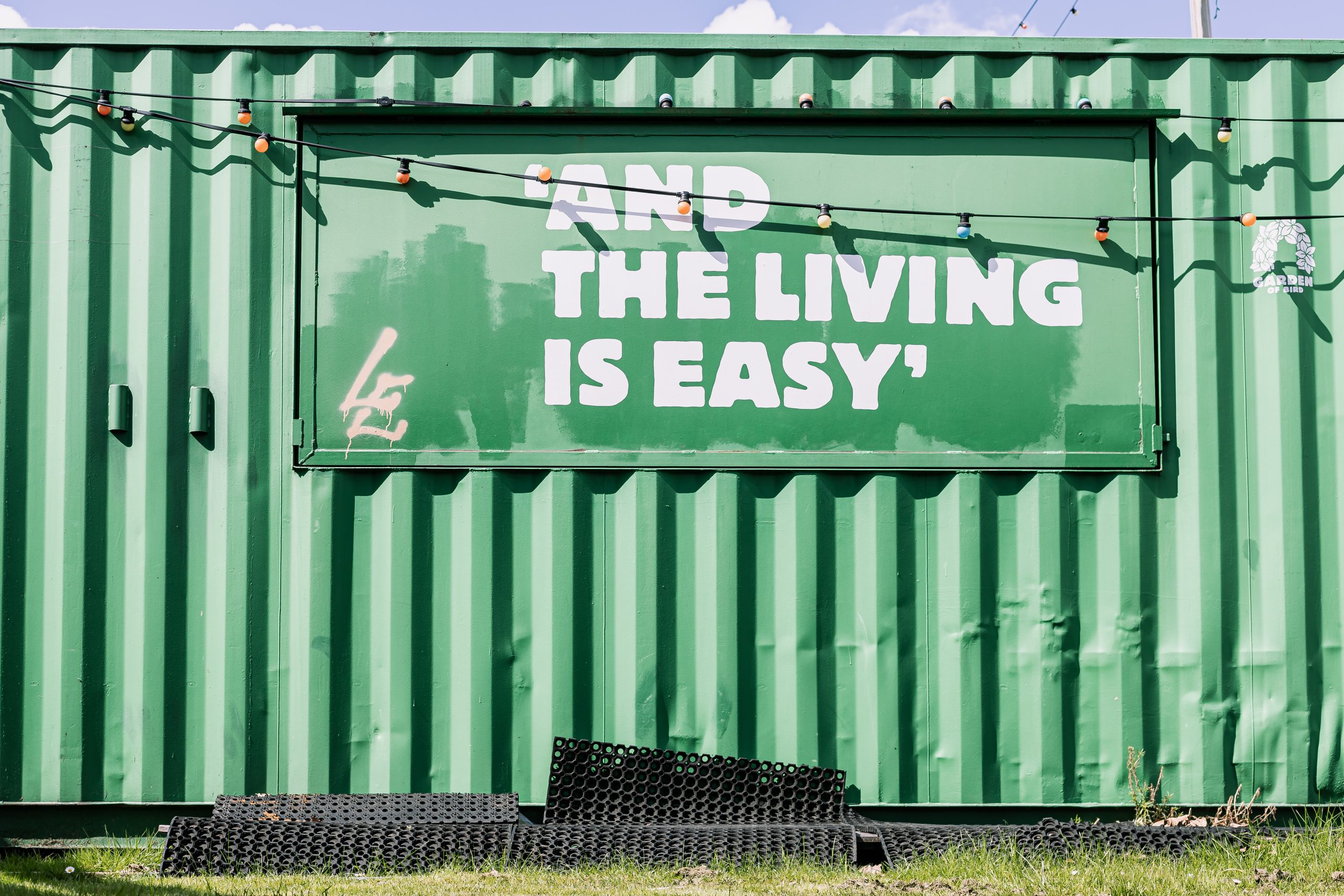The Centers for Medicare and Medicaid Services just finalized a rule to make it easier for people with Medicare on low incomes to enroll in Medicare Savings Programs. More than 850,000 people should more easily qualify for lower health care costs. The rule eliminates a lot of the paperwork involved in qualifying for Medicare Savings Programs.
Medicare Savings Programs or MSPs help people with low incomes who do not qualify for Medicaid to save money on their Medicare premiums and other out-of-pocket costs. There are four low-income programs, the Qualified Medicare Beneficiary Program or QMB, the Specified Low-Income Beneficiary Program or SLMB, the Qualified Individual Program or QI and the Qualified Disabled & Working Individual (QDWI) Program.
If your income is no more than $1,235 ($1,663 married) and your assets do not exceed $9,090 ($13,630 married), you should qualify for the Qualified Medicare Beneficiary Program. If you qualify, you do not need to pay Medicare Part A or Part B premiums, and your physicians and other Medicare providers cannot charge you deductibles, coinsurance, or copayments for services Medicare covers. You also cannot be charged more than a $4.30 copay for a Medicare Part D prescription drug.
If your income is higher than $1,235 but no more than $1,478 ($1,992 married) and your assets do not exceed $9,090 ($13,630 married), you should qualify for the Specified Medicare Beneficiary Program. If you qualify, you will have help paying your Medicare Part B premiums. You’ll also pay no more than $10.35 in 2023 for each drug your Medicare drug plan covers.
If your income is higher than $1,478 but no more than $1,660 ($2,239 married) and your assets do not exceed $9,090 ($13,630 married), you should qualify for the Qualified Individual Program. If you qualify, you will have help paying your Medicare Part B premiums. You’ll also pay no more than $10.35 in 2023 for each drug your Medicare drug plan covers.
If you have a disability, are working and lost your Social Security disability benefits and Medicare premium-free Part A because you returned to work, you could qualify for the Qualified Disabled & Working Individual (QDWI) Program, which helps pay for your Part A premiums only.
This all said, navigating the application process for these Medicare Savings Programs through state Medicaid offices can be challenging. And, it is estimated that about half of the people who qualify for these programs are not enrolled in them. Today, about 10 million people with Medicare are enrolled. This new CMS rule makes it far easier to enroll.
For example, the new rule means that many SSI recipients will automatically be enrolled in the QMB program, which picks up their Medicare Part B premiums and cost sharing.
Here’s more from Just Care:
- Medicare names 10 drugs subject to price negotiation
- To save money on your care, consider using a free health clinic
- Programs that lower your costs if you have Medicare
- 2023: Medicare Part D prescription drug coverage and costs
- Four things to think about when choosing between traditional Medicare and Medicare Advantage plans

Leave a Reply